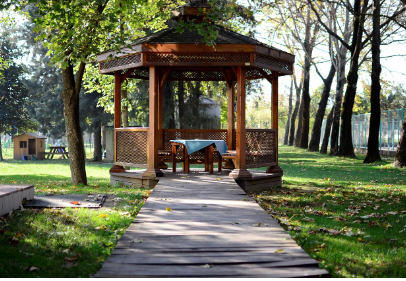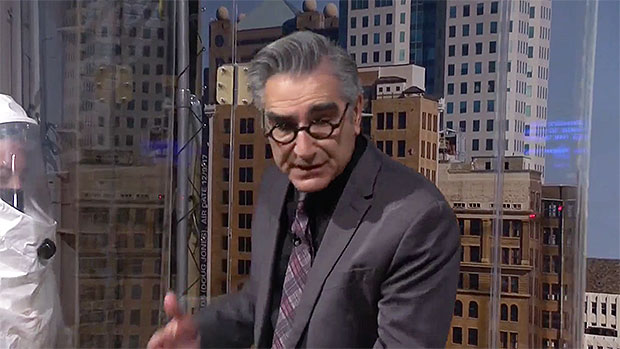
Though what’s now Tropical Melancholy Ida made landfall on Sunday on the southern Louisiana coast as a Class 4 hurricane, the $14 billion levee methods that had been strengthened after the devastation of Hurricane Katrina held, probably saving lives.
“We don’t consider there’s a single levee wherever now that truly breached or failed. There have been a couple of smaller levees that had been overtopped to a level for a sure time frame,” stated Louisiana Gov. Jon Bel Edwards a few preliminary inspection of them, according to the Associated Press.
Nevertheless, there have been areas not protected by levees the place there was harm. LaPlace, a New Orleans suburb whose levee is incomplete, noticed floodwaters in properties, which can have come from winds, Louisiana State College professor emeritus Craig Colten instructed the AP.
“(Hurricane) Isaac was actually a minor storm when it comes to wind velocity, however it did drive water into Lake Pontchartrain to the western edge, towards LaPlace, as this storm did. And that simply goes to pile water up the place LaPlace is,” stated Colten.
Nonetheless, main flooding in areas like Plaquemines Parish and others and a significant energy outage for New Orleans have to be handled. At the least 800,000 folks, together with all the metropolis, had been left with out energy on Monday night (Aug. 30) after a transmission tower collapsed into the Mississippi River.
According to power company Entergy, it’s unclear when it is going to be fully restored, however it could possibly be as much as three weeks for some.
In 2005, Hurricane Katrina struck the Gulf Coast space. Nonetheless, the harm from the storm was not as dangerous because the harm accomplished when the levees failed, flooding most of New Orleans and inflicting one of many worst pure disasters in U.S. historical past, costing 1,800 lives and inflicting practically $170 billion in harm.
That was the concern amongst residents who had lived by means of the nightmarish circumstances that prompted years of issues for the town.
“Simply serious about all of the ‘what ifs’ and all of the issues we had been on the brink of depart behind … which is type of breaking my coronary heart proper now,” Tisha Seghers, a midwife who lives in suburban Metairie, instructed NOLA.com final week as she and her household evacuated.
Additionally, although the levees held do not essentially imply that the New Orleans space is totally secure from hurricane flooding.
“It means it had sufficient safety in opposition to this storm surge,” Tulane College historical past professor Andy Horowitz instructed the AP. “Because the system is challenged by stronger and extra frequent hurricanes. I feel many consultants are very involved concerning the slightly low stage of safety that New Orleans has.”
However for now, officers in control of making certain the realm is protected against water surges just like the one confronted after Katrina stated that the levees labored the best way they had been meant to work.
“All elements had been operational and carried out as we would have liked them to. The system’s first actual take a look at and it did exceptionally effectively,” Chip Kline, chairman of the state Coastal Safety and Restoration Authority, told NOLA.com.











